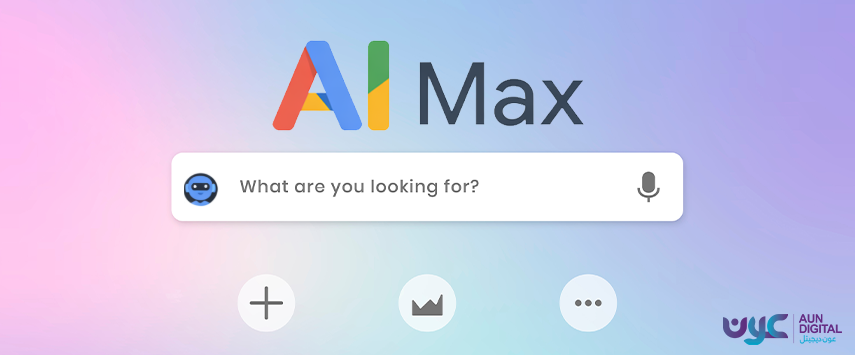September 2025 has brought an unexpected shake-up for the SEO industry as Google discontinues &num=100 search parameter, a long-standing shortcut that allowed users and SEO tools to fetch 100 search results in one request.
The move, first noticed around September 10, 2025, is disrupting rank-tracking platforms, shifting Search Console metrics, and forcing professionals to rethink how they measure visibility and impressions. While Google has not confirmed whether this is a permanent change or a live test, its effects are already being felt across the SEO community.
Key Takeaways
- Google discontinues &num=100 search parameter, disrupting rank-tracking tools.
- SEO tools now need 10 separate requests for 100 results, raising costs.
- Many SEOs report sharp drops in desktop impressions since Sept 10.
- Teams should rebaseline reporting and monitor Google updates closely.
What Changed as Google Modifies Search Results Parameter?
The &num=100 search parameter has been used for years to load 100 results on a single search page. Instead of clicking through multiple pages of 10 results each, rank trackers could save time and resources by making one request.
Now that Google has discontinued &num=100 Search Parameter, adding &num=100 to a search query often shows only two pages of results, not the full 100. This shift means SEO tools can’t rely on the method they’ve used for more than a decade.
Google has seemingly removed the ability to do &num=100, can anyone confirm?
If you use the parameter, only 2 pages show. This “2 pages” filter has been tested for a year, but usually if you clicked to page 2 they have the rest the top 100. Now it shows nothing after page 2.
— SEOwner (@tehseowner)
September 11, 2025
Why It Matters for SEO Professionals?
The removal of the &num=100 parameter has ripple effects across SEO reporting, rank tracking, and how professionals interpret performance data.
Rank Tracking Disruption
Tools that depended on the &num=100 are suddenly broken or more expensive to operate as Google modifies search results parameter. Without it, fetching 100 results requires 10 separate requests instead of one, multiplying costs and server loads.
‼️ Google has killed the n=100 SERP parameter. Instead of 1 request for 100 SERP results, it now takes 10 requests (10x the cost). This impacts Keyword Insights’ rankings module. We’re reviewing options and will update the platform soon.
— Keyword Insights (@keywordinsights)
September 14, 2025
Search Console Metrics Shifts
Many SEOs reported sharp drops in desktop impressions in Google Search Console after September 10, alongside rising “average position” numbers.
One explanation is that impressions were previously inflated by bots fetching 100-result pages. With the parameter gone, these artificial impressions have disappeared, making rankings appear higher but reducing impression totals.
Rethinking the “Great Decoupling”
For months, SEO professionals debated the so-called “great decoupling”, a pattern where impressions climbed but clicks didn’t. Many linked this to Google’s AI Overviews. But now, some analysts suggest part of the discrepancy may have come from inflated data tied to the &num=100 parameter.
How SEO Teams Should Respond?
With rank-tracking tools disrupted and data patterns shifting, SEO teams must act fast to minimize confusion and maintain reliable performance insights.
Rebaseline Your Reporting
Treat September 10 as the new starting point. Compare impressions, clicks, and positions week over week from that date forward. Avoid mixing pre-September data with the current reporting environment.
Audit Your Tools
Ask your vendors whether they relied on &num=100 for rankings. Many are already patching their systems with pagination or alternative methods, but tool functionality may differ across platforms.
Focus on Real User Metrics
Impressions can be misleading, especially if inflated by bots. Shift more weight toward clicks, conversions, and on-site engagement, metrics that better reflect actual user behavior.
Monitor Google Announcements
At this stage, Google hasn’t issued a public statement. Keep watch on the official Search Central Blog and Search Console updates for confirmation on whether this is permanent.
What are Possible Long-Term Effects?
Beyond the immediate disruption, the end of the &num=100 parameter could change how SEO data is collected, interpreted, and used in the months ahead.
More Accurate Data
SEO reporting may now provide a cleaner picture of what real users actually see, without the artificial inflation caused by bots loading 100-result pages.
Rising Tool Costs
Since collecting 100 results now requires 10 separate requests, vendors face higher server loads. This could translate into increased subscription costs or push some platforms toward partial data sampling.
Greater Reliance on APIs
More rank-tracking and SEO platforms may shift to Google’s official APIs. While more stable, these APIs also come with rate limits and restrictions that could constrain large-scale tracking.
Revisiting Past Research
Studies or benchmarks built on data from the discontinued &num=100 parameter may need reevaluation, as historical impressions might not align with today’s cleaner reporting environment.
What’s the Way Forward?
The fact that Google discontinues &num=100 search parameter is more than a technical tweak; it’s a shift that will redefine how SEO experts track rankings, analyze impressions, and measure visibility. For some, it means disrupted workflows and higher costs. For others, it could signal more accurate, user-centered reporting that cuts out bot-driven noise.
Since Google modifies search results parameters without official confirmation on permanence, SEO teams should treat September 10, 2025, as the start of a new reporting baseline.
Reassess your reporting, question your tools, and keep an eye on official Google updates. For now, the SEO community is adjusting in real time and waiting to see where Google takes this next.









